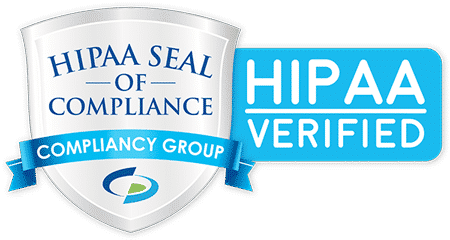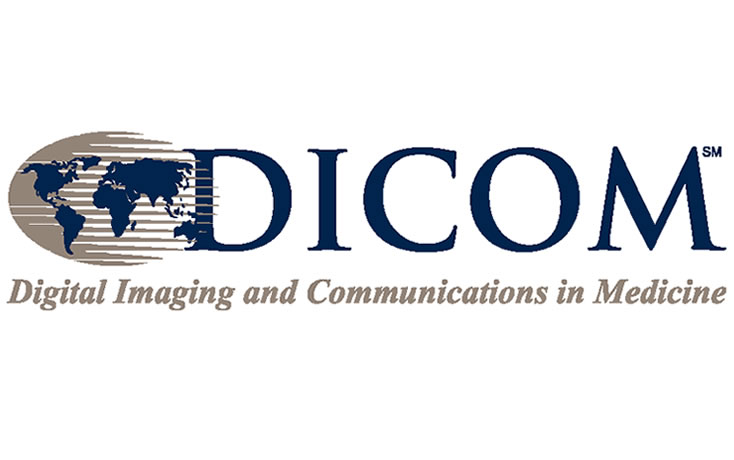A California-based eye doctor, Dr. Greg Evans, has developed a reputation as a doctor who patients can trust to provide a consistent standard of high-quality care, and he’s made it his mission to uphold that. This mission is one of the key reasons why, when he was working part time in a classical practice environment while also traveling around the country and abroad to provide care and guidance to veterans with service-connected disabilities, he started looking into a visual field device that solved frustrating issues with conventional technology.
We caught up with Dr. Evans to talk about how he started looking at Micro Medical Devices (MMD) and the company’s VF2000 VR visual field technology, why it made sense to him to adopt a VF2000 device, and how he has benefitted from it in his practice as well as in his field work.







